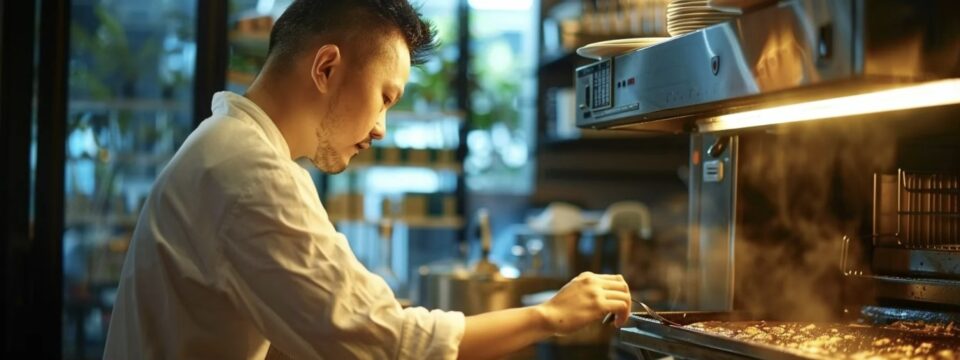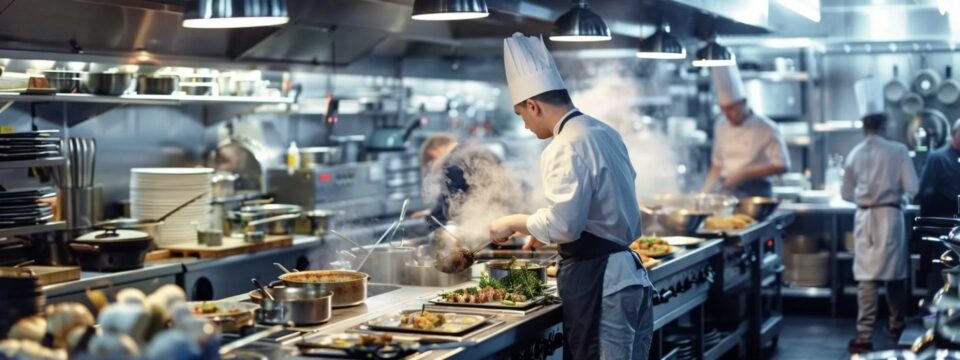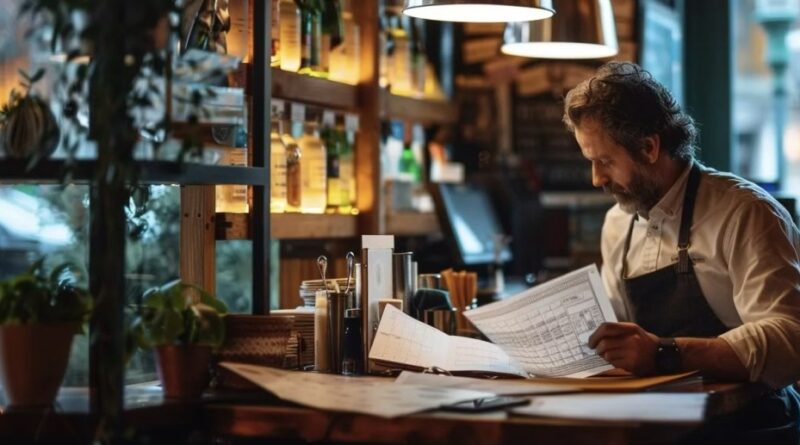Budgeting for Your Restaurant Equipment: Tips for Startups
Equip your restaurant for success by judiciously budgeting for the essential tools of the trade. Startup entrepreneurs often face the daunting task of balancing their dream kitchen with the realities of financial constraints. Understanding what equipment is indispensable versus what can wait and knowing how to get the best value for your money can significantly streamline your investment. Set yourself up for success with a well-considered restaurant equipment budget that aligns with your business plan. Keep reading for insightful tips on how to achieve this.

Balancing Quality and Cost for Sustainable Investment
Investing in restaurant equipment needs to align with both financial constraints and operational efficiency. Skimping on quality to save on immediate expenses can be a perilous strategy, as lower-quality items tend to break down more often, leading to higher repair costs and potential operational disruptions. Smart selection of equipment can result in sustainable investment and less stress in the long run.

Balancing quality and cost is about finding the sweet spot where the equipment meets your operational needs without overextending your financial resources. This might mean choosing a high-grade oven that ensures consistent cooking temperatures and longevity but opting for a less expensive model when it comes to furniture that doesn’t endure the same level of wear and tear.
Cultivating relationships with reputable suppliers can be invaluable. Not only can they provide insight into the best options for your needs, but they may also offer discounts or flexible payment terms. Investing in Seattle restaurant equipment may present opportunities for Pacific Northwest restaurant owners to secure quality equipment within budget constraints.
Financing Options for Restaurant Equipment Purchases
Finding the right financing solutions can take the pressure off your initial capital investment. Traditional loans, leasing options, and even equipment financing companies provide various paths to equipping your restaurant. Each has distinct advantages and considerations that must be weighed carefully against your business’s financial health and projections.
Leasing equipment can offer the flexibility of lower monthly payments with the option to upgrade or own the equipment at the end of the lease term. This can be especially beneficial for technology that quickly becomes outdated, such as point-of-sale systems. On the other hand, outright purchasing typically means a larger initial cost but results in outright ownership and can be more cost-effective over time.
Equipment financing is another avenue designed specifically for these types of purchases. These loans often offer competitive interest rates and can cover a large percentage of the equipment costs, spreading the financial impact over time. Be sure to compare terms and conditions from different lenders to find the best fit for your business finances.
Timing Your Equipment Acquisition for Maximum Savings

Timing is a critical factor in securing the best deals on restaurant equipment. Industry trade shows can offer promotional pricing, while end-of-year sales might yield significant discounts. Keeping an eye on the calendar for such opportunities can result in substantial savings for your startup.
Furthermore, the restaurant industry has its own rhythmic flow of supply and demand. Understanding these trends can help you anticipate price drops. For instance, purchasing outdoor furniture in the off-season can save you money. Equally, new model releases often see reductions in the prices of older models, which are still perfectly serviceable and may meet your needs.
It’s also worth building a rapport with suppliers and vendors. Establishing a good relationship with them means you may be the first to know when a sale is about to take place or when they want to offload older stock at discounted rates. Some vendors may even offer additional services, such as installation, at a reduced cost if you are considered a valued customer.
Implementing a Cost-Effective Maintenance Plan
An often-overlooked aspect of managing restaurant equipment expenses is the creation of a maintenance plan. Regular upkeep can significantly prolong the life of your equipment and prevent costly repairs or replacements. Implementing a routine maintenance schedule is an affordable way to protect your investment.
Training staff on the proper handling and day-to-day maintenance of the equipment is also crucial. When your team understands the importance of upkeep, the likelihood of expensive breakdowns reduces. It is always cheaper to maintain than to repair or replace, and in the restaurant business, downtime is lost revenue.
Altogether, the key to successful restaurant equipment budgeting is a blend of careful planning, smart investing, and proactive maintenance. By focusing on these restaurant equipment budget tips in critical areas of your business, you can establish a solid foundation for your startup’s operations, positioning your enterprise for long-term success in a competitive industry.

